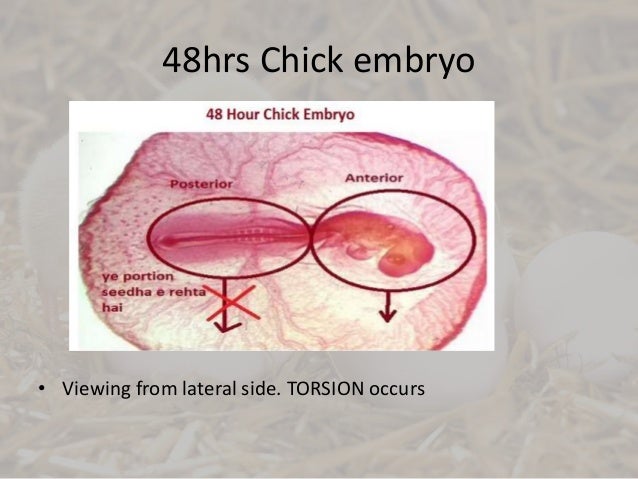96 Hour Chick Embryo Serial Section
Despite the relatively large size, the whole mounts (item# 311676) are cleared and stained. Serial sections (item# 311688) show the beginning of most of the. As the chick embryo develops, the curvature of the head and body becomes more. Whole mounts and serial sections of 72- and 96-hour chick embryos will be.
Contents • • • • • • • • Introduction Historically, an important way of teaching embryology is by direct observation of histological sections at different stages of development. Even today the best way to observe anatomical development and relationships is by direct observation in serial sections through the embryo and fetus.
The sections below are from the original teaching set prepared at UNSW that were digitized and put online in 1996 as a teaching resource. The Stage 13 and 22 images are available in at least two formats, an unlabeled set (image 1 - 49) and a labeled set (image 50 - 98) in a rostro-caudal sequence (head to tail). Stage 22 embryo also has a set of selected images showing more detail of some organ and tissue development.
In addition, there are now 3D animations based upon reconstruction of the embryos from these serial sections. 2011 - Selected slides are currently being rescanned at to show specific developmental details. Author Comments Start here by looking through the early (week 4) embryo (stage 13) labeled images. It is not so important to identify every single feature, observe what structures are present and where they are in the middle of the embryonic period (week 4). Then if you like, look through the unlabeled images.
What can you now recognise? Next look through the late (week 8) embryo (stage 22) labeled images as you did before. Then look through the same embryo stage selected labeled images. These show organ and tissue development of specific structures by the end of the embryonic period. What has changed? Finally put the systems together by watching the embryo animations based upon these sections.
How different are the embryonic systems to the adult anatomy? More about these. Links: Carnegie Stage 13 About Stage 13 Embryo Sections - This image is from a serial section of a 6mm CRL pig embryo with some features of the Stage 14 embryo. Salom haqida sms sherlar. This embryo is approximately equal to the day 42 human embryo.

Use these serial images to identify internal features and relationships that exist within the embryo at this stage. Then compare these images with the later features of the Carnegie stage 22 human embryo.
This historic 1920 paper by Bradley Patten described the understanding of chicken development. If like me you are interested in development, then these historic embryology textbooks are fascinating in the detail and interpretation of embryology at that given point in time. As with all historic texts, terminology and developmental descriptions may differ from our current understanding. There may also be errors in transcription or interpretation from the original text. Currently only the text has been made available online, figures will be added at a later date. My thanks to the Internet Archive for making the original scanned book available.

By the same author:. (1938) Am J Pathol. PMID 19970381 Those interested in historic chicken development should also see the earlier text. London: Macmillan and Co. Modern Notes: Historic Disclaimer - information about historic embryology pages. Pages where the terms ' Historic Textbook' and ' Historic Embryology' appear on this site, and sections within pages where this disclaimer appears, indicate that the content and scientific understanding are specific to the time of publication.
This means that while some scientific descriptions are still accurate, the terminology and interpretation of the developmental mechanisms reflect the understanding at the time of original publication and those of the preceding periods, these terms and interpretations may not reflect our current scientific understanding. Pages where the terms ' Historic Textbook' and ' Historic Embryology' appear on this site, and sections within pages where this disclaimer appears, indicate that the content and scientific understanding are specific to the time of publication. This means that while some scientific descriptions are still accurate, the terminology and interpretation of the developmental mechanisms reflect the understanding at the time of original publication and those of the preceding periods, these terms and interpretations may not reflect our current scientific understanding. (More? ) Glossary Links: Cite this page: Hill, M.A. (2019, March 10) Embryology Book - The Early Embryology of the Chick - Figures. Retrieved from © Dr Mark Hill 2019, UNSW Embryology ISBN: 978 0 7334 2609 4 - UNSW CRICOS Provider Code No.